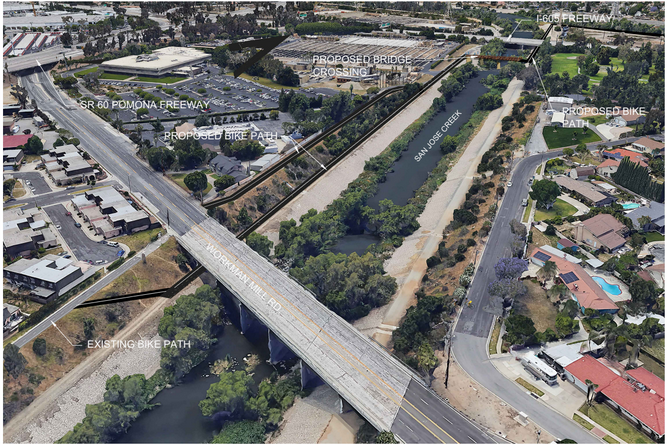California’s unsafe streets, unhealthy air, and climate pollution require that we work as effectively as possible in the coming decade, as well as dedicate more of our state transportation budget to active and public transportation. Fortunately, community demand for pedestrian and bicycle safety projects continues to grow across California. Yet even when a record state budget surplus in 2022 resulted in a doubling of California Active Transportation Program (ATP) funds, far too many applicants went home empty-handed in 2023.
During a regular program cycle, about eighty percent of applications typically go unfunded. This means that after all the effort to apply - it can take hundreds of hours to develop a competitive proposal - only two out of ten applicants have anything to show for it. And the bar for submitting a competitive application has only risen over the past decade. Staff time and expertise, community engagement, and often professional grant writing assistance can bring the total cost of a strong application to between $25,000 and $100,000 or more. Multiplied by hundreds of unfunded applications each ATP program cycle, that means millions in scarce public funds are spent on a process with limited to no return. Surely this is not the intent of the California legislature or state transportation agencies.
This is neither an efficient nor equitable use of limited administrative capacity and local resources. It is unfair to members of the public who invest their time and energy participating in public outreach processes, only to see meaningful change fail to materialize. And it is also unfair to community-based organizations who devote their scarce capacity supporting proposals that have little chance of securing funding.
Across the state, this means more children driven to school who might otherwise walk or bike. It means more air pollution in regions that already suffer from some of the worst air quality in the United States. It means more climate pollution at a time when we are making progress in almost every sector except transportation. It means more people spending more time and money driving to destinations only a few miles from home to grocery shop and run other daily errands.
As the state faces a budget shortfall, now is the time for the California Transportation Commission, Caltrans, and state leaders to revisit the Active Transportation Program’s application process. A more efficient and reasonable procedure would better value the time and resources invested by state and local staff, volunteer application evaluators, applicants, community groups, and volunteers.
One way to do so would be to adopt a two-step application process, with the first step requiring no more than 25 hours of staff time. Other State agencies, including the California Air Resources Board (CARB) and California Department of Forestry and Fire Protection (CAL FIRE) have embraced similar two-step application processes in recent years. CAL FIRE’s Urban Forestry Program utilizes a Concept Proposal before inviting applicants to proceed to a more time-consuming and in-depth full Project Proposal. CARB’s Clean Mobility Options program also utilized a similar, two-phase application process in its most recent funding solicitation.
A phased application process would also save applicants and staff from spending time and energy on weak or ineligible applications; in the most recent funding cycle the Los Angeles County Department of Public Works saw 25 percent of its applications disqualified for one reason or another, after many hours of work. Just as we seek to design our streets to reduce the harm from inevitable mistakes, we should design our funding processes to flag ineligible or inappropriate applications before significant time and resources are expended.
For the upcoming ATP Cycle 7, the cumbersome PDF application the program has used since its earliest days is moving to a more modern online platform. This is a good start, but a more user and time-friendly ATP would also allow local agencies to focus their limited resources elsewhere when projects are not competitive enough for the ATP program. And it would respect the hard-working agency staff and dedicated community members who invest their time and energy to realize safer, more sustainable streets.
Until our state transportation leaders drastically increase funding for active transportation to align with their multimobility aspirations, the state must be more effective in ATP implementation to ensure an equitable distribution of funding. Allowing cumbersome processes to stand in the way of life saving street safety infrastructure only demonstrates an unwillingness to change. Now is the time for a more accessible and fair ATP process.
Wes Reutimann
ActiveSGV
John Yi
Los Angeles Walks
Kevin Shin
California Walks
Ana Gonzalez
Center for Community Action and Environmental Justice
Laura Cohen
Rails and Trails Conservancy
Kendra Ramsey
California Bicycle Coalition
Marven Norman
Inland Empire Biking Alliance
E. Chloé Lauer
San Diego County Bicycle Coalition






